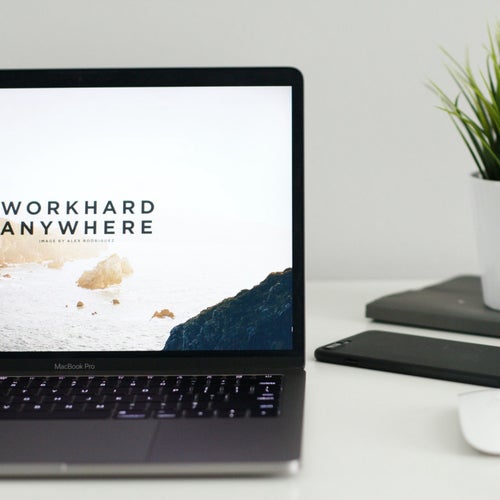How to Hire Remote Employees:

There are several agencies, job boards, and key attributes to look for when hiring remote workers. We'll lead you through the process with our step-by-step guide.
Guidelines for Hiring Remote Employees.
Advertise an opening to a remote employee job board.

Job boards for remote workers are the first place to start when hiring remote employees. Professionals from all industries can be found on these platforms, including permanent, part-time, and contracted workers.
Scan resumes.

Once you've found a suitable job board and posted an opening, your next step is to parse through the resumes of the candidates who responded to your ad. Your ideal candidate will have a track record of independent work. Look for things like a history of remote working experience and proficiency with remote working software.
Administer a test.

Once you've selected a subset of candidates from the initial pool, the next step in homing in on your ideal remote employee is to administer a test. Design a test that simulates a work-related task. For example, if you're hiring a copywriter, have the candidates write a piece of web copy that they might be required to write for you on the job.
Candidates who are serious about the position will put in the necessary time and effort and take pride in their work, but initial tests should take 20 minutes - anything longer will turn off good candidates who value their time.
Administer a paid test.

The paid test involves asking candidates to do real work for the company that you pay them for. This is where you can give them a longer, more difficult task, and see what they can do. It's very easy for candidates to be put off by this offer. Many will feel like they're being scammed into doing work for free, so it is important to address this.
This is where being professional pays off - you want all of your communications leading up to this to be well written and formatted to inspire confidence. Send them links to your company website, LinkedIn profile, and other relevant sources to help them research you. Be sure that your LinkedIn and other online profiles are up-to-date and accurate.
Conduct a video interview.

By this stage, your candidate pool should be quite shallow. All that's left is to interview the remaining applicants via a video conferencing tool. Here are some key questions to ask a remote employee:
- What kind of remote working experience do you have?
- How do you communicate with your employer/team?
- What kind of team-working software do you use?
- What challenges have you faced while working remotely?
- How have you overcome these challenges?
Want to know how to attract top talent? See our article on the hiring process for a detailed guide to streamlining the way you make hires.
Not sure where to find remote workers? See our list of the best job boards for posting remote work opportunities.
Qualities to Look for in a Remote Worker:
- Self discipline and an independent work ethic.
- Quick response times via email.
- Excellent communication skills, both written and verbal.
- Good problem solving ability.
- Reliable internet connectivity.
- Highly organized.
- Self-motivated and self-starting.
Best Remote Job Boards for Building a Distributed Workforce


